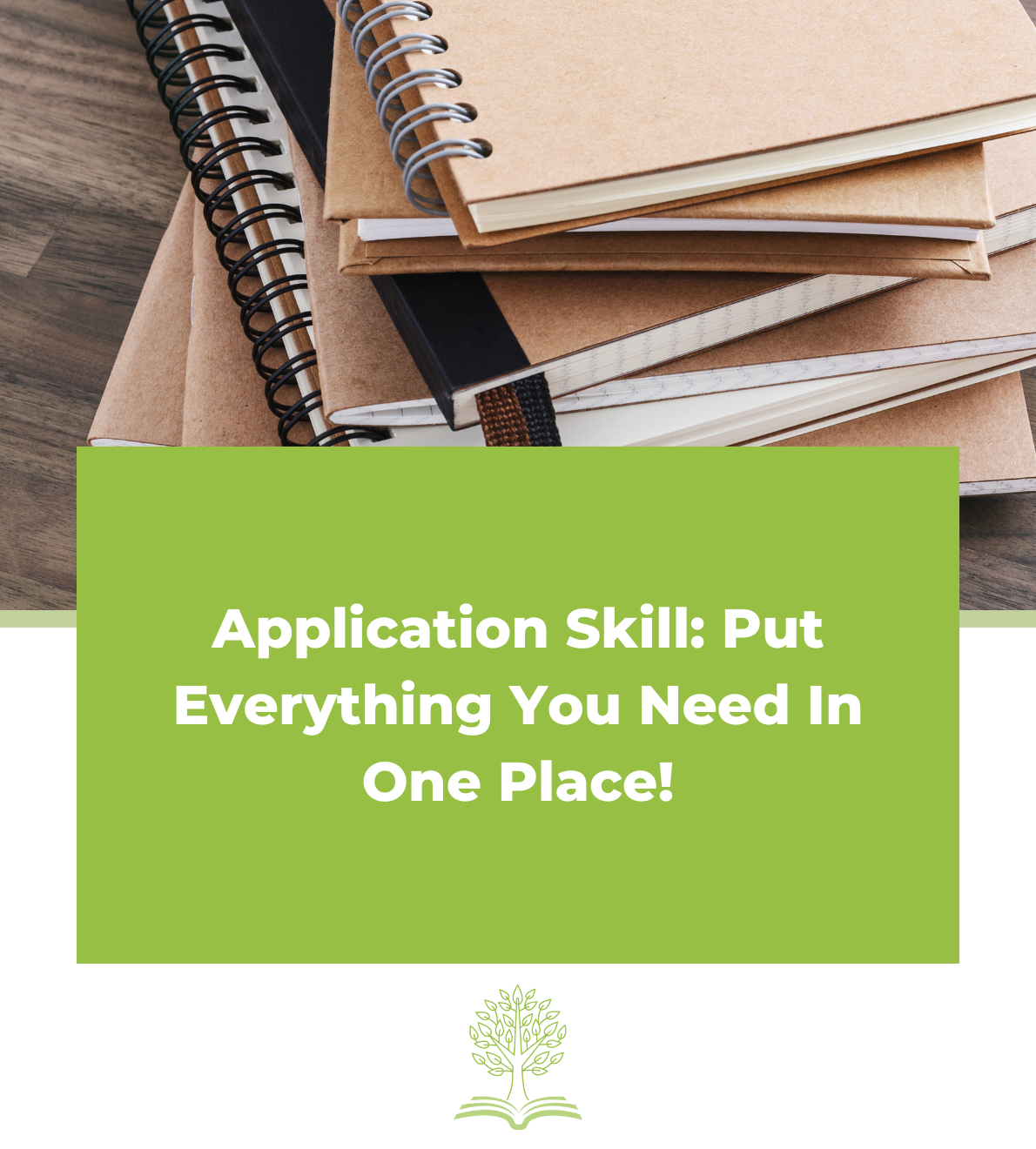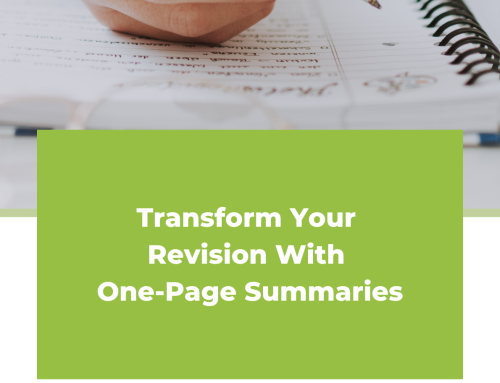Maximize Your Study Efficiency with a Bound Reference
You’ve just finished a practice exam and realize you’ve made the same mistake again. You scramble to find your notes from six months ago, but can’t remember which notebook or term they’re in. Imagine if all your notes were in one place, organized by area of study. This is where a bound reference becomes invaluable.
What is a Bound Reference?
A bound reference is a compiled book of essential study materials, including notes, summaries, worked examples, and practice questions. It’s particularly useful for math subjects but can benefit any subject. The key elements are that it’s bound and can be referred to easily.
Benefits of a Bound Reference
- Comprehensive Organization By having all your notes, summaries, and practice questions in one place, you save time searching for information. Everything is neatly arranged and easily accessible, making your study sessions more efficient.
- Effective Study Tool A bound reference helps you systematically organize and review material. By incorporating one-page summaries and key examples, you create a concise and focused study resource.
What to Include in a Bound Reference
- Definitions and One-Page Summaries Include concise notes that cover the key concepts and definitions. One-page summaries are perfect for capturing the essence of each topic.
- Worked Examples and Practice Questions Add worked examples and practice questions, particularly from past exams. Highlight common mistakes and include notes on what examiners are looking for.
- Calculator Instructions For subjects requiring calculators, include step-by-step instructions for common calculations. This helps avoid mistakes like forgetting to set your calculator to the correct mode.
Handwriting vs. Typing
Handwriting your bound reference has been shown to improve retention and understanding. Studies suggest that handwritten notes help you process and remember information better than typed notes, especially for concept-based learning.
Setting Up Your Bound Reference
- Consistent Formatting Keep the formatting consistent to avoid confusion. Use color-coding to differentiate between definitions, examples, and formulas.
- Index and Tabs Create an index at the beginning and use tabs to separate different sections. Ensure tabs are non-removable if you plan to use the reference during an exam.
How to Get Started
Start by creating one-page summaries and combining them with relevant practice questions. Don’t hesitate to cut up practice exams and stick them into your bound reference. This method will help you have a well-organized, comprehensive set of notes for each study area.
Conclusion
A bound reference is a powerful study tool that keeps all your important information in one place, helping you avoid the stress of searching through disorganized notes. By systematically organizing your study materials, you’ll be better prepared for exams and more confident in your knowledge.
Action Steps
- Gather Materials: Collect all your notes, textbooks, and practice exams.
- Create Summaries: Write one-page summaries for each topic.
- Organize: Use an index and tabs to keep everything orderly.
- Review Regularly: Keep updating and reviewing your bound reference.
By creating a bound reference, you’ll streamline your study process and improve your retention and understanding of the material. Start today and see the difference it makes in your exam preparation.
For more study strategies, check out other posts in our series:
- Cue Card (Lichter System)
- Blank Page Recall
- Turn Text into Diagrams
- Spaced Repetition
- Who What When Where Why How Tables
- Teach Someone Else
- Exam Questions
- Practice Exams
Post by Study Coach – Megan Ross






Leave A Comment